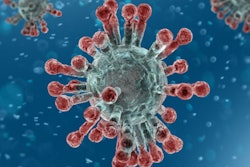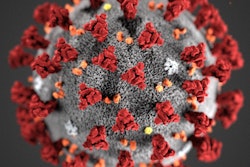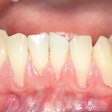COVID-19 FAQs, page 6
6. What are some of the characteristics of COVID-19?
Initially, very little information was released by the Chinese government regarding this disease. Fortunately, this is beginning to change, and more and more publications are being released that are giving a clearer picture of the dynamics of COVID-19.
A recent paper by Wu and McGoogan was published on February 24, 2020, in JAMA. A large cohort of 72,314 cases was studied. Confirmed cases accounted for 44,672 (62%) cases. Suspected, diagnosed, and asymptomatic cases accounted for 38%. No tests were available for the initial cases diagnosed, and 38% of the diagnosed cases were based on clinical presentation.
The age distribution was one of the most notable findings. Unlike influenza, which has a high rate of child infections, COVID-19 was only found in 1% of those younger than 10 years old, 1% of those 10 to 19 years, and 8% in those 20 to 29 years. The preponderance of cases was in those ages 30 to 70 (87%) and age 80 or older (3%). Therefore, 90% of COVID-19 cases were in those over age 30.
Of the total cases reported in this study, 81% were mild, not requiring medical intervention. Severe cases accounted for 14% of the total, and these patients did require medical management. Only 5% of the cases were critical. Of these critical cases, there was a 49% fatality rate.
The great majority of the severe and critical cases had underlying medical comorbidities, such as preexisting respiratory disease, cardiac disease, and diabetes. Information from other sources seem to be in agreement with these findings.
If there is a silver lining in this cloud, it is that children and adolescents seem to be relatively unaffected by COVID-19. There are a number of theories to explain this phenomenon, but why this is occurring is unknown at this time.
Previous page | 6 | Next page


















